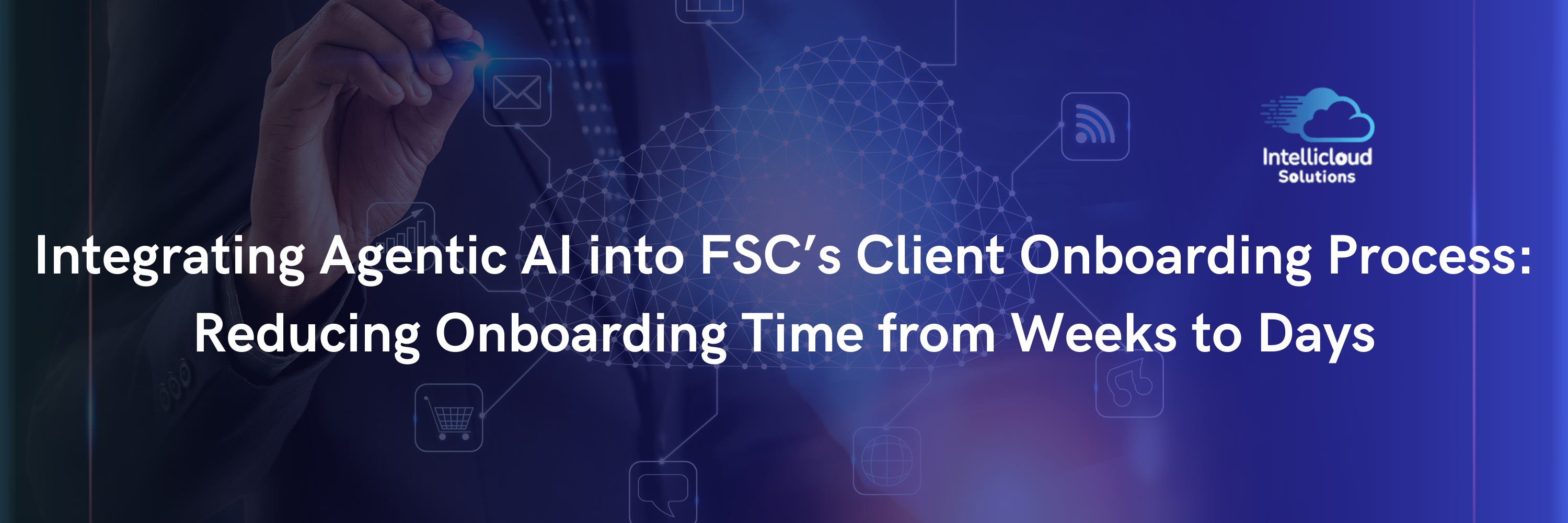This guide provides an in-depth look at Trade Lifecycle Management in capital markets. From trade execution to settlement, we cover the key processes, technology solutions, and best practices that ensure smooth and efficient trade operations. Whether you're new to the field or looking to optimize your current systems, this guide offers valuable insights to streamline your trade lifecycle.
Trade Life Cycle
Trade Initiation and Execution
- Order Placement: The client places an order to buy or sell a security through various channels such as phone, electronic trading platforms, or directly with a broker.
- Order Execution: The front office executes the trade on a trading platform (e.g., stock exchange) based on the client's instructions.
Trade Capture
- Trade Recording: The executed trade's details (security, quantity, price, trade date, counterparty) are recorded in the trading system.
Trade Confirmation
- Confirmation: The back office verifies that the trade details match between the executing firm and the counterparty, resolving any discrepancies.
- Contract Note: A contract note or trade confirmation is generated and sent to the client.
Trade Clearing
- Clearing: The clearinghouse becomes the intermediary between the buyer and seller, ensuring both parties have the necessary funds and securities.
- Netting: The clearinghouse may net the transactions to determine the final amounts of securities and cash to be exchanged.
Trade Settlement
- Settlement: The actual exchange of securities and cash between the buyer and seller, transferring ownership of the securities and the payment.
Trade Reconciliation
- Reconciliation: The back office reconciles the firm's internal records with external entities (custodians, counterparties) to ensure accuracy.
Trade Reporting and Regulatory Compliance
- Reporting: Trade details are reported to regulatory bodies as required by law.
- Compliance: Ensuring all trades comply with relevant regulations and internal policies.
Record-Keeping
- Record Maintenance: Keeping detailed and accurate records of all trades for future reference, audits, and regulatory purposes.
Trade Life Cycle with Respect to Front, Middle, and Back Offices
Front Office
The front office is responsible for initiating and executing trades and maintaining client relationships. Their main activities during the trade life cycle include:
- Order Placement and Execution: Executing client orders on trading platforms.
- Trade Capture: Recording trade details in the trading system.
- Client Interaction: Communicating trade details and confirmations to clients.
Middle Office
The middle office acts as an intermediary, focusing on risk management, compliance, and trade validation. Their role in the trade life cycle includes:
- Trade Validation: Ensuring that trades executed by the front office comply with internal and external regulations.
- Risk Management: Monitoring the risk exposure of trades executed by the front office.
- Compliance: Overseeing regulatory compliance and ensuring adherence to financial regulations and internal policies.
- Reporting: Generating necessary reports for regulatory bodies and internal use.
Back Office
The back office handles the administrative and support tasks necessary to complete and settle trades. Their functions in the trade life cycle include:
- Trade Confirmation: Verifying trade details with counterparties and resolving discrepancies.
- Settlement: Ensuring the exchange of securities and cash between the buyer and seller.
- Reconciliation: Matching internal records with external entities to ensure accuracy.
- Record-Keeping: Maintaining detailed records of all trades.
- Regulatory Compliance: Ensuring that the firm complies with financial regulations and conducting audits.
Interaction Between Offices in the Trade Life Cycle
1) Front Office to Middle Office
- Trade Capture: The front office executes trades and captures trade details, sending them to the middle office for validation.
- Risk Monitoring: The middle office monitors the risk exposure of trades executed by the front office.
2) Middle Office to Back Office
- Trade Validation: Once trades are validated, the middle office passes them to the back office for confirmation and settlement.
- Compliance and Reporting: The middle office ensures trades comply with regulations and generates necessary reports for the back office to record.
3) Back Office to Front Office
- Trade Confirmation: The back office confirms trades with counterparties and informs the front office of any discrepancies.
- Record-Keeping: The back office maintains records of all trades, providing data to the front office for performance analysis.
Wrap Up
The trade life cycle involves multiple stages, each requiring coordination between the front, middle, and back offices. The front office focuses on executing trades and interacting with clients, the middle office manages risk and compliance, and the back office ensures accurate trade confirmation, settlement, reconciliation, and record-keeping. Effective collaboration between these offices ensures that trades are processed smoothly and efficiently, maintaining the integrity of financial transactions.
Intellicloud Solutions Expertise
Managing the trade lifecycle in capital markets goes beyond mere transaction processing; it involves ensuring accuracy, compliance, and efficiency at every stage.
At IntelliCloud Solutions, we integrate advanced technologies and best practices to streamline trade execution, settlement, and reporting, all while minimizing risks and maximizing transparency.
Connect with us to discover how we can enhance your operations with efficient, innovative strategies.










































































